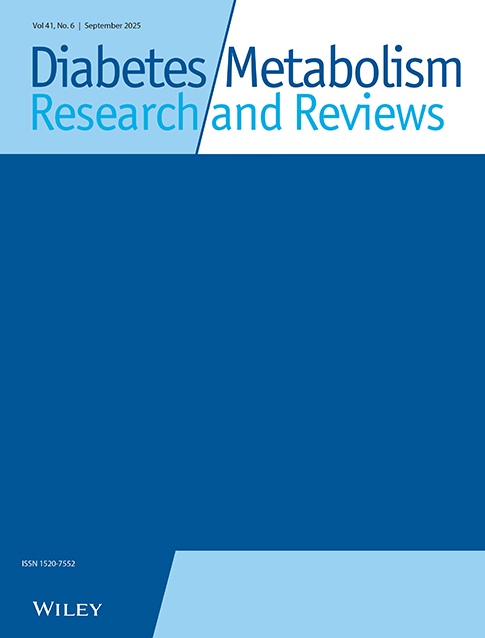Glycemic control is related to the severity of impaired thermal sensations in type 2 diabetes
Abstract
Background
Small-fibre sensory neuropathy of diabetes presenting as impaired thermal sensations is associated with ominous consequences, such as foot ulcer and amputation, but there is a lack of systematic studies on its occurrence in large cohorts. We investigated (1) the impact of glycemic control on thermal thresholds, (2) the frequencies and patterns of sensory deficits, and (3) the contribution of sensory nerve abnormalities to neuropathic symptoms.
Methods
Quantitative sensory testing and nerve conduction studies were performed to measure warm and cold thresholds of extremities, and amplitudes of nerve action potentials on 498 type 2 diabetic patients and 434 control subjects with similar age and gender distributions, enrolled during the same period.
Results
The diabetic patients had higher thermal thresholds than control subjects (p < 0.0001). Thermal thresholds of the lower and upper extremities were linearly correlated with HbA1C on multiple linear regression analysis (p < 0.01). By the multivariate logistic regression analysis, HbA1C and age were the most important risk factors independently associated with elevated thermal thresholds (p < 0.01). Elevated warm threshold in the big toe was the most frequent abnormality (60.2%) compared to abnormal cold threshold in the big toe (39.6%) and abnormal sural nerves on nerve conduction studies (12.9%). Elevated thermal thresholds were risk factors for neuropathic symptoms independent of HbA1C.
Conclusion
Small-fibre neuropathy with the impairment of thermal sensations is the most frequent sensory deficit in diabetes, and HbA1C is significantly associated with the elevated thermal thresholds. Copyright © 2007 John Wiley & Sons, Ltd.




